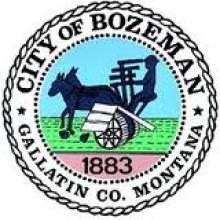Montana Coop Turns Up the Speed: 16 Counties, 23,000 Square Miles
Montana may have high speed limits on roads, but this Montana coop’s network will let you surf the web even faster. Triangle Communications received an almost $30 million loan from the USDA to provide rural Central Montana with high-speed Internet access.
Triangle Communications will finish upgrading its aging copper network - a technology mostly used for telephone - to a fiber network that can support both telephone and high-speed Internet. The loan comes from the USDA’s initiative, announced in July, promising $85 million to improve connectivity in rural areas. The Triangle Communications coop is upgrading its entire system spanning 16 counties (that’s more than 23,000 square miles from the Canadian to the Wyoming border!).
Since 1953, the coop has been at the forefront of changing technologies. It’s based in Havre but expanded in 1994 with the purchase of 13 exchanges from US West (now known as CenturyLink). The coop began upgrading to fiber in 2009 in order to provide its members with state-of-the-art service and technology.
For more information about the network and the award, check out local news coverage of the almost $30 million loan and Triangle Communications’ video.






